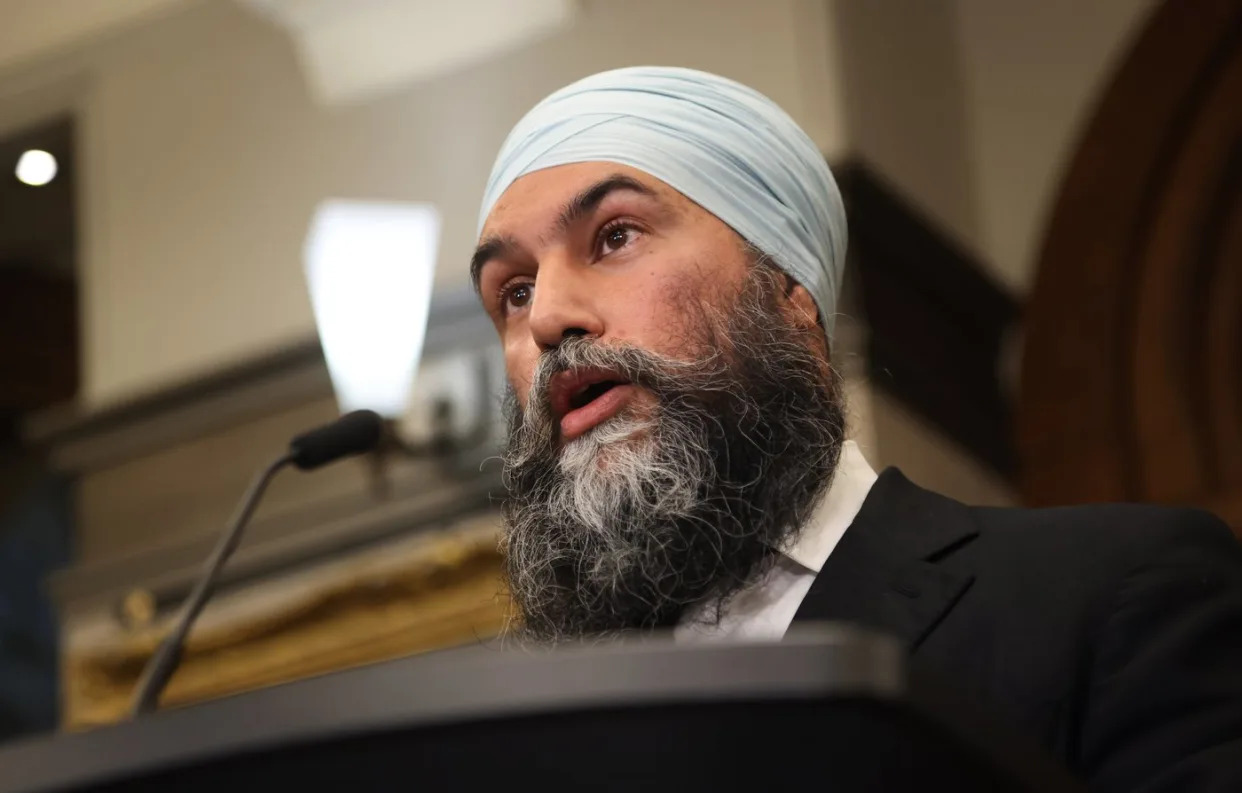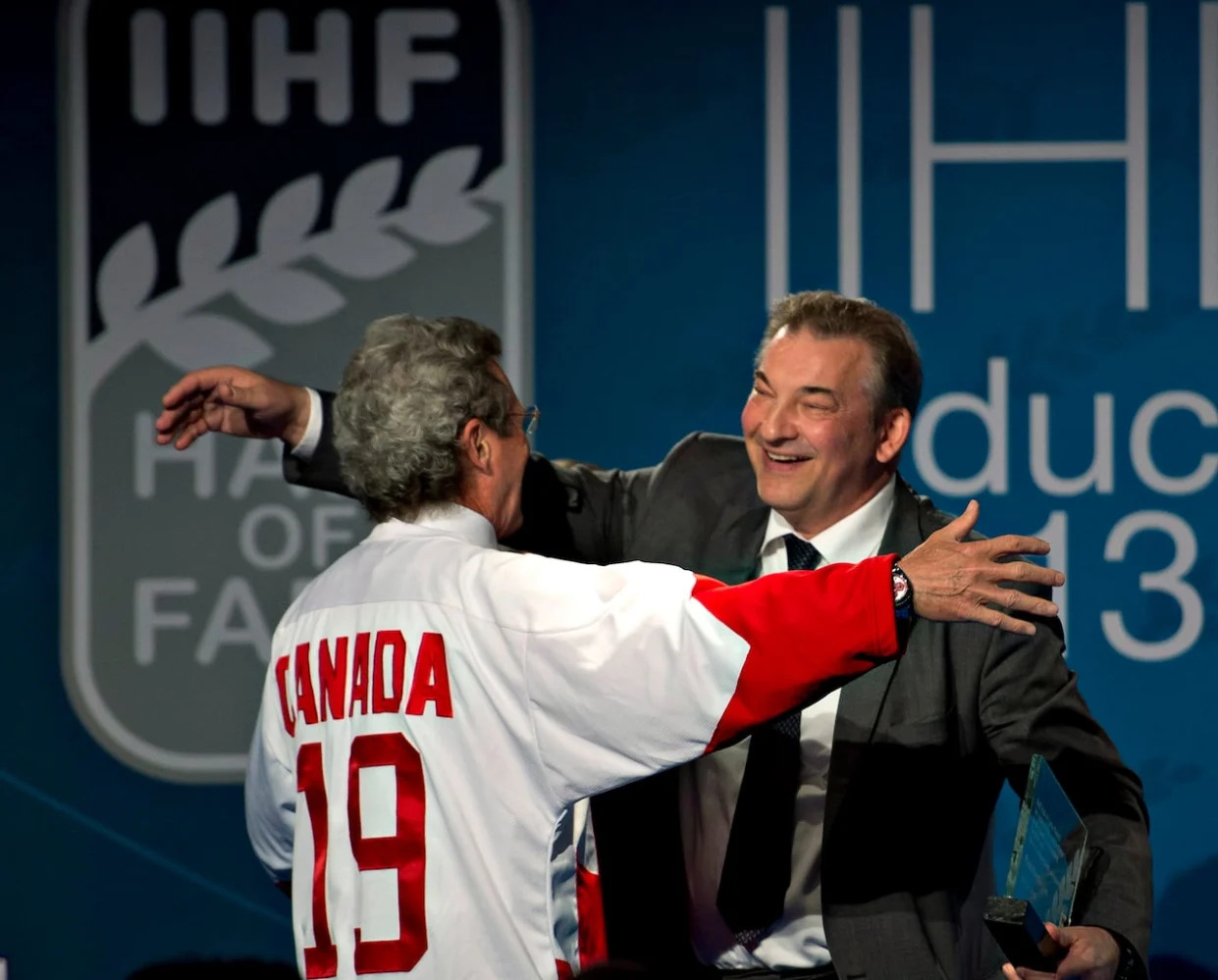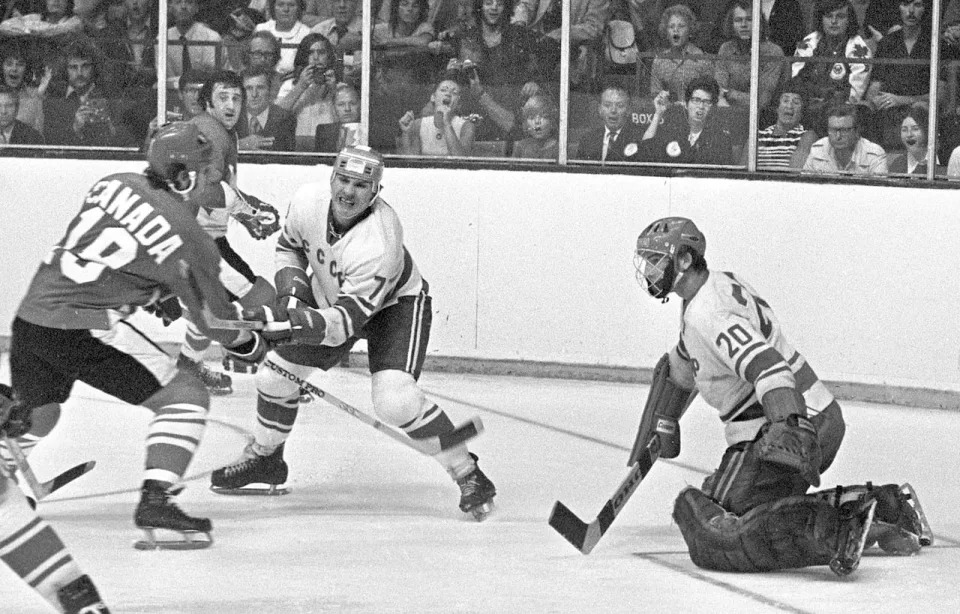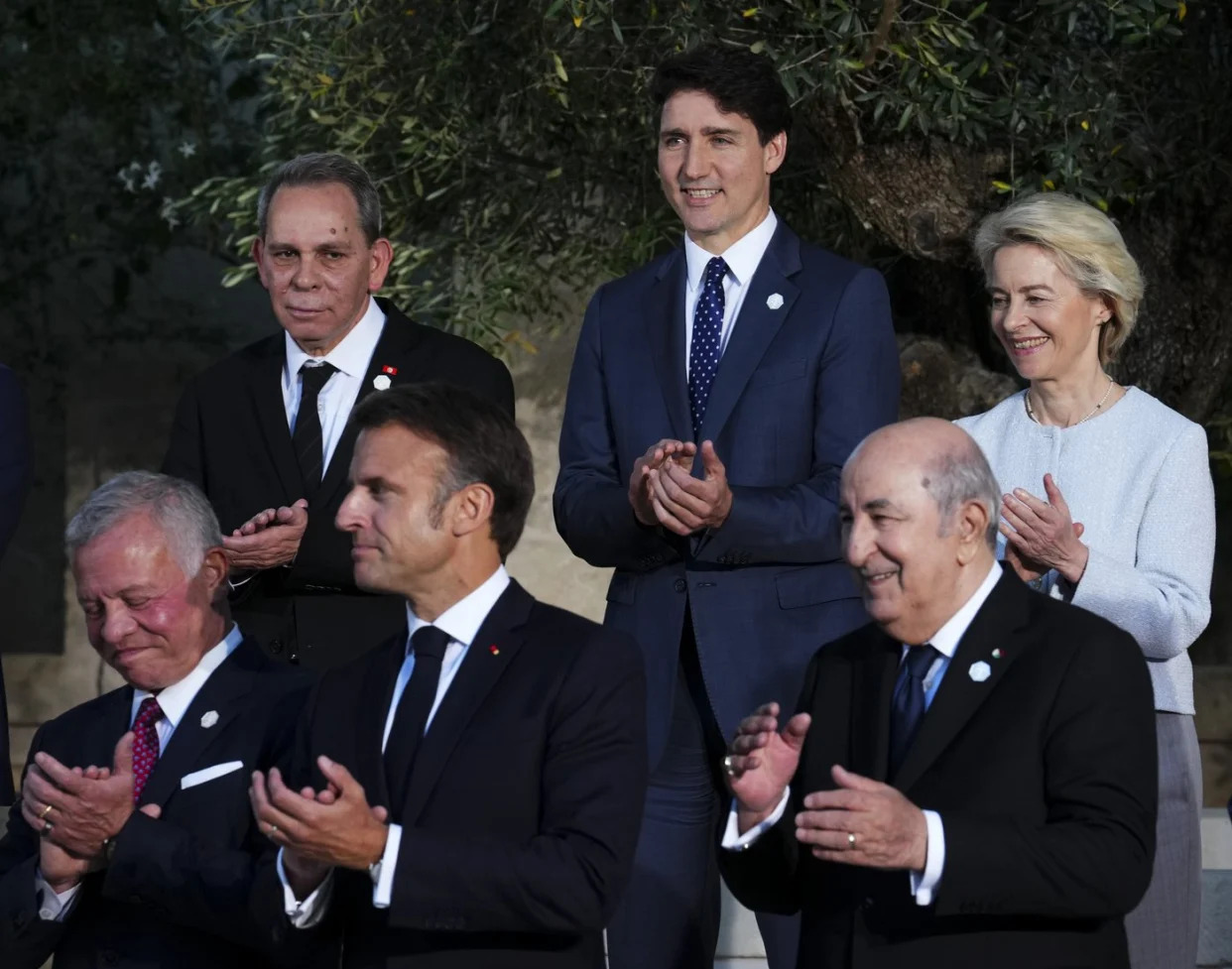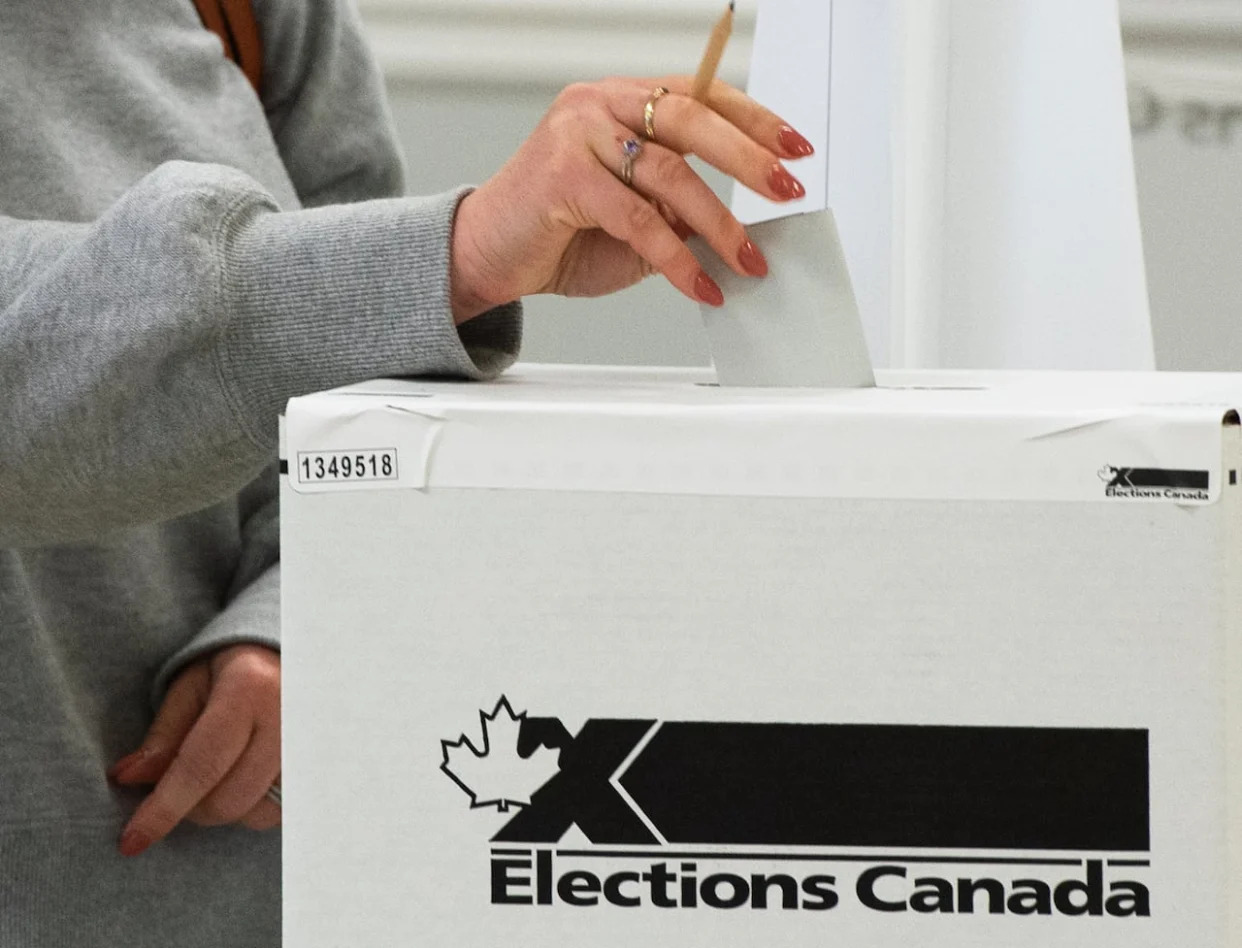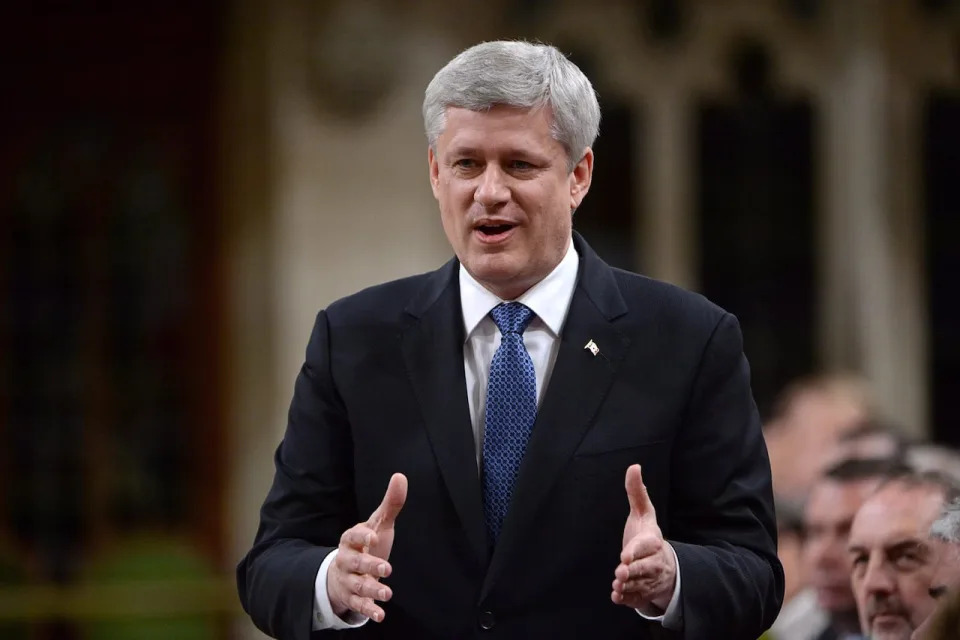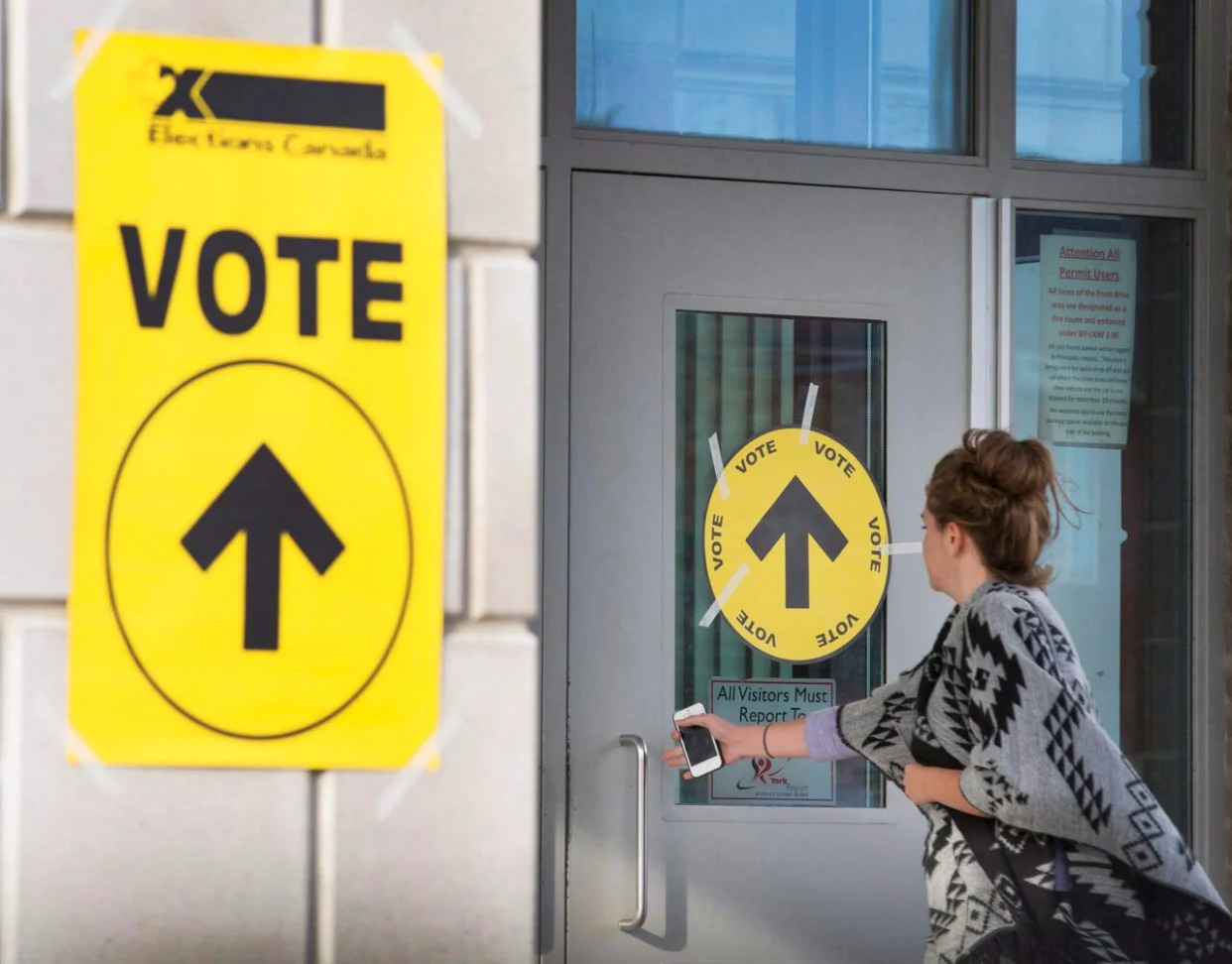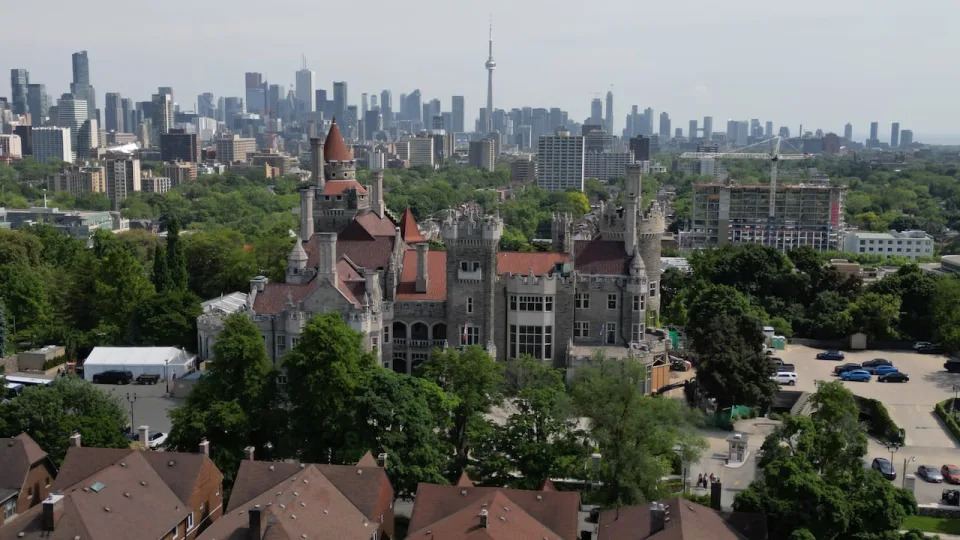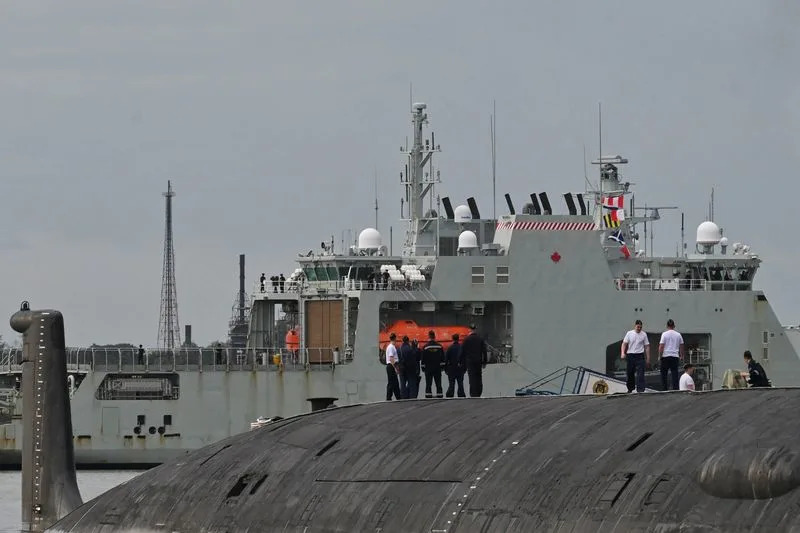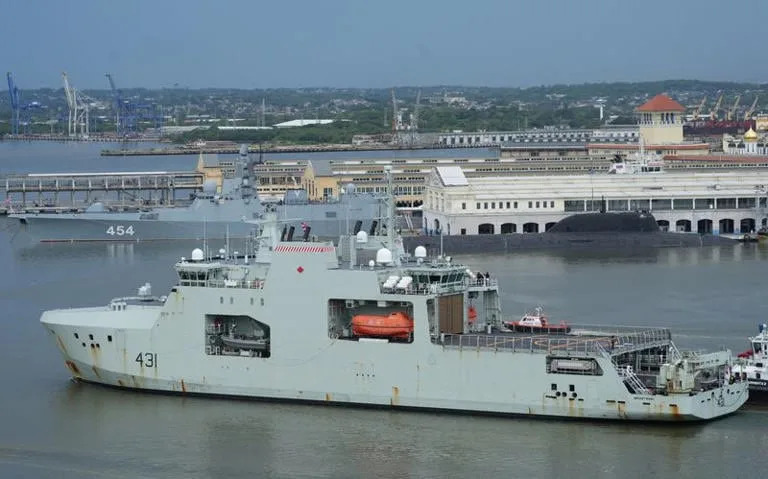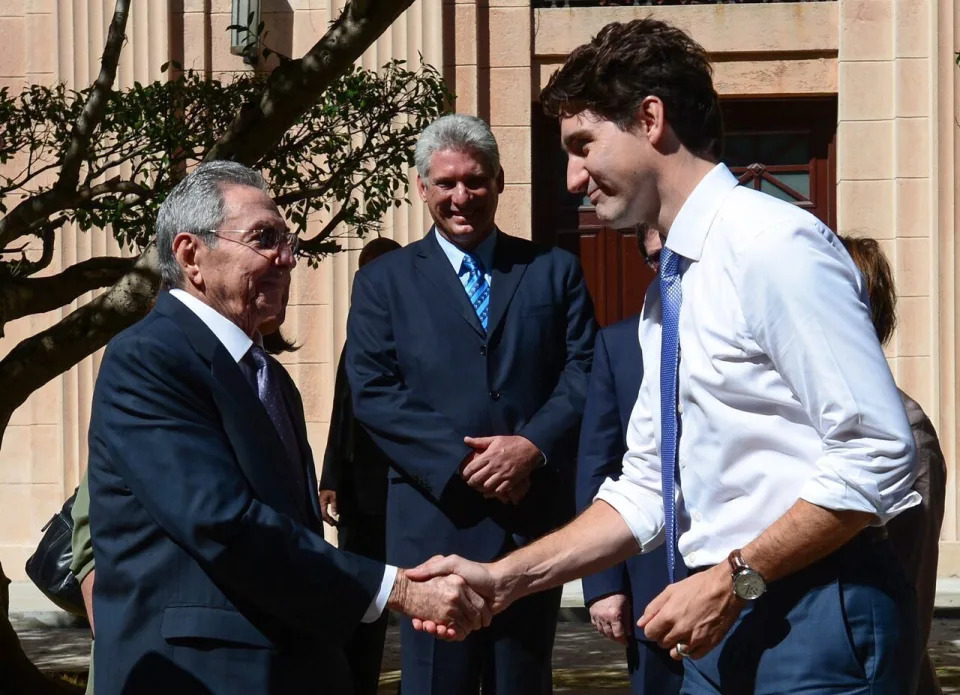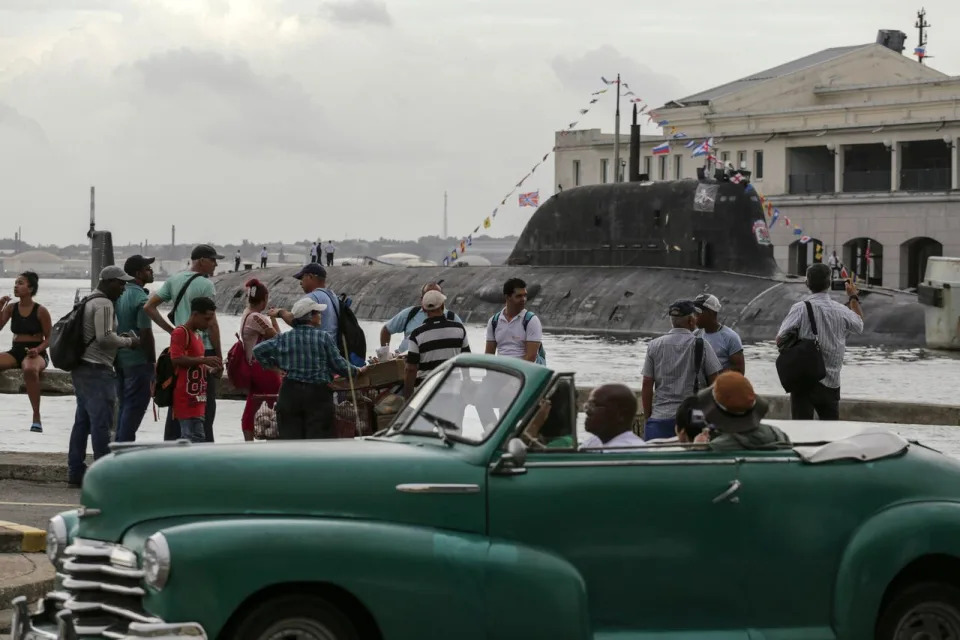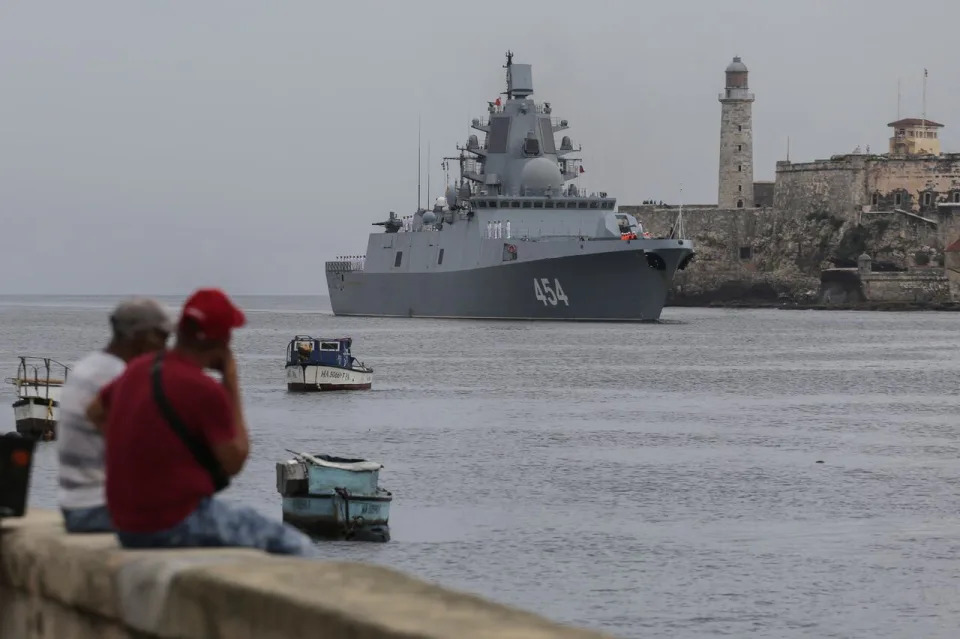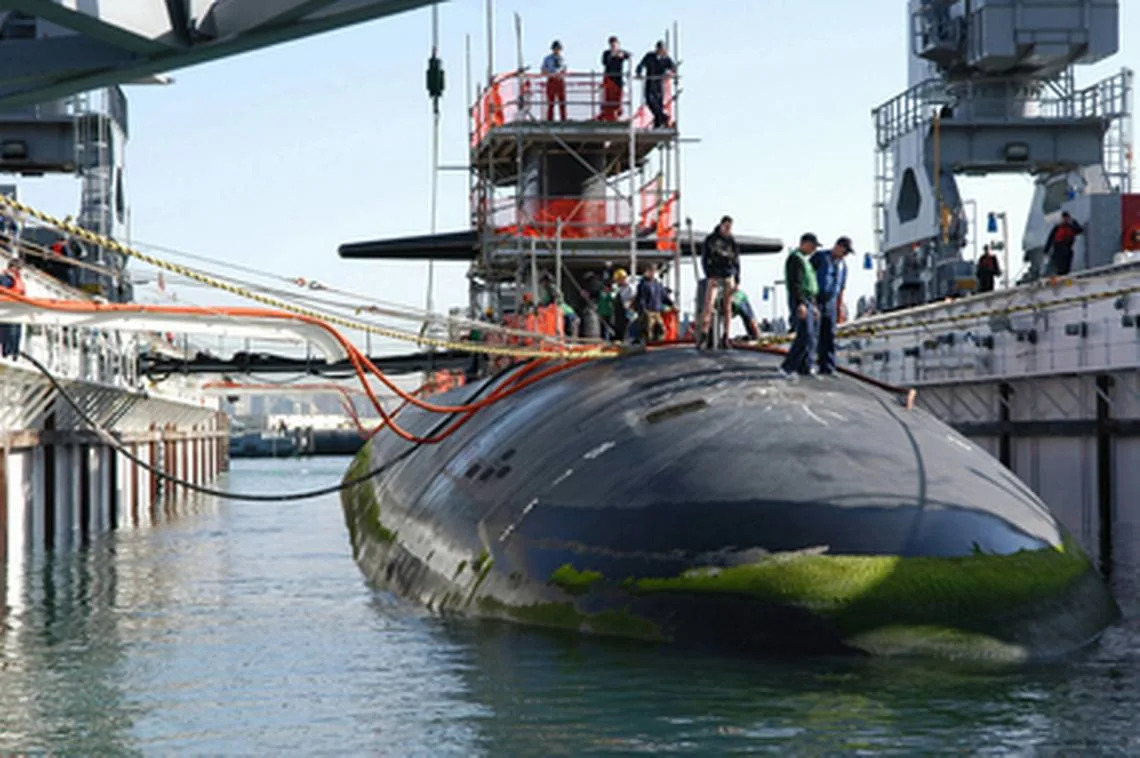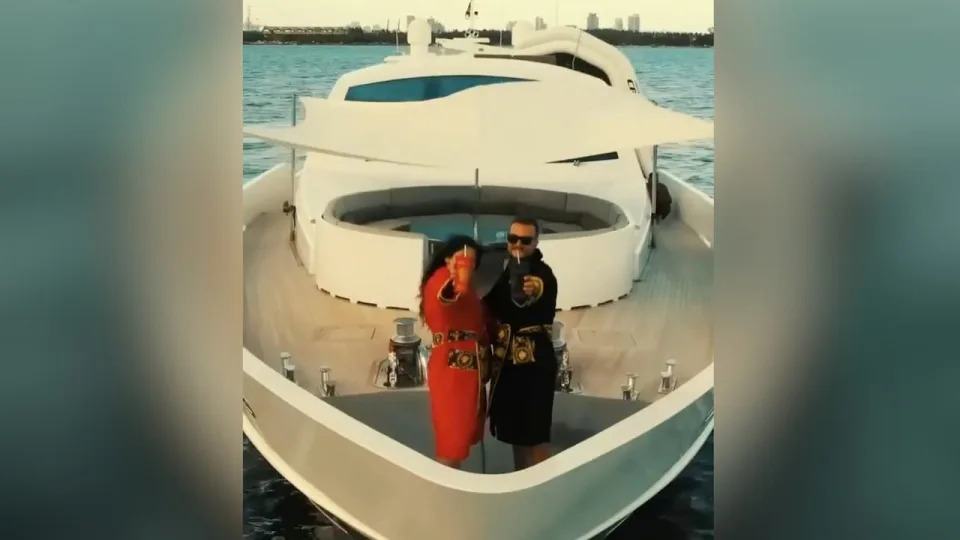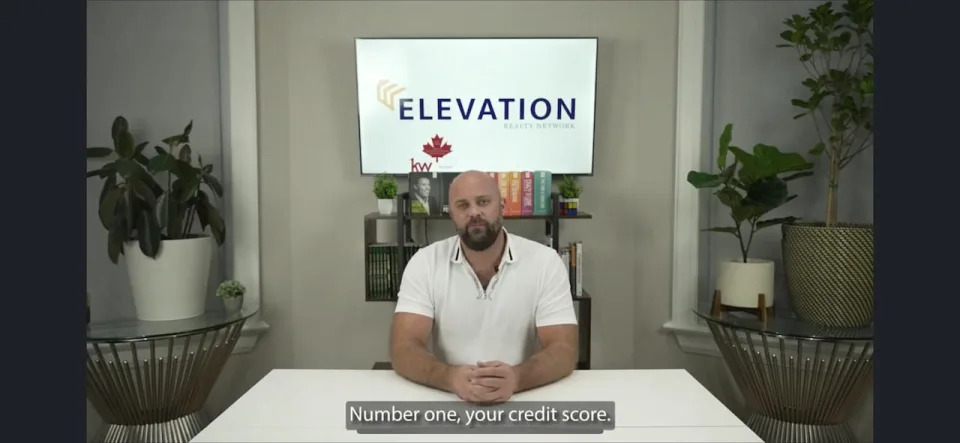CBC
Fri, June 14, 2024
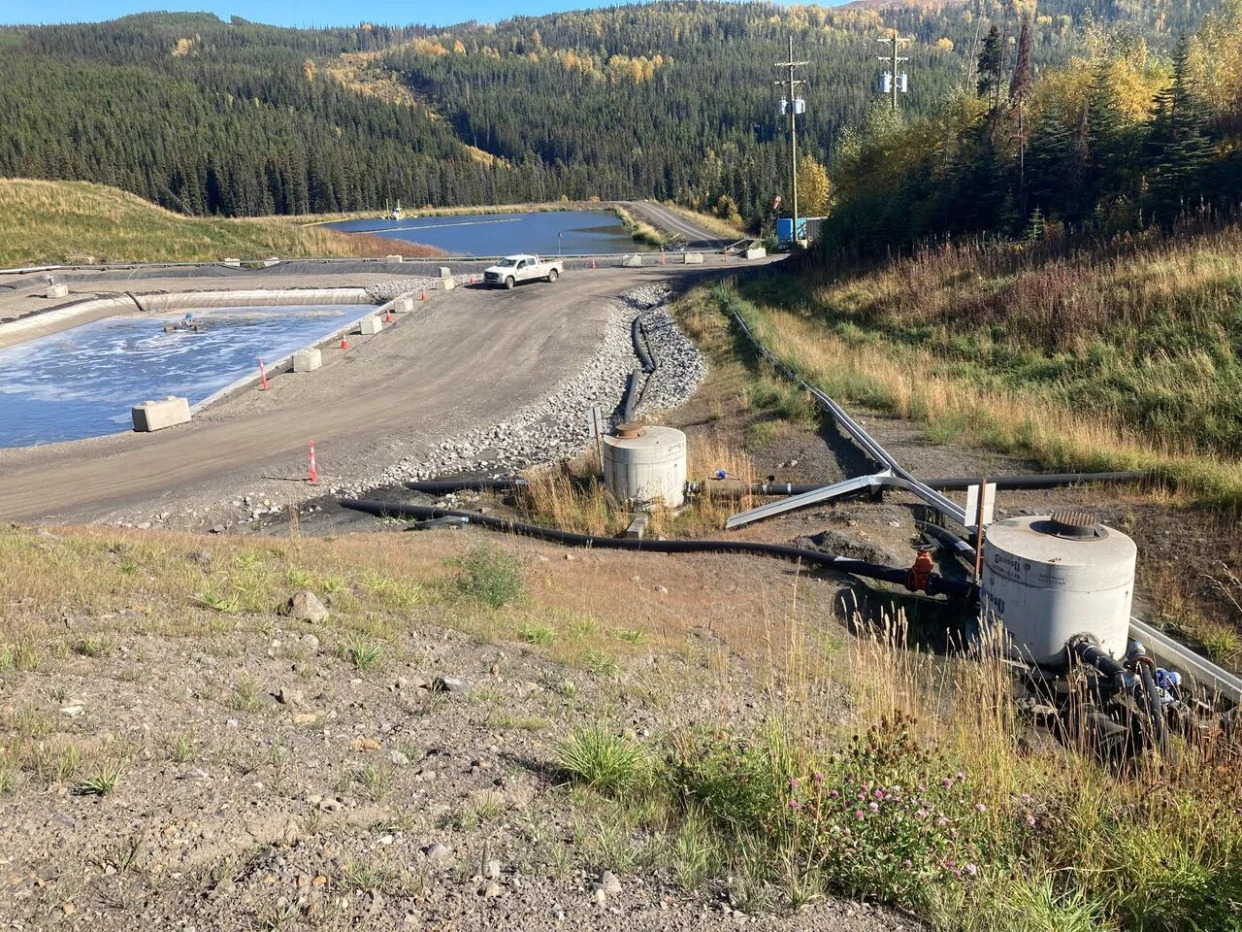
Conuma Resources Limited has received three penalties totaling $45,850 for violating environmental regulations at its Brule coal mine near Tumbler Ridge, B.C. (X/B.C. Ministry of Environment and Climate Change Strategy - image credit)
A B.C. coal mining company in northeastern B.C. has been fined more than $45,000 for repeated violations of the province's environmental protection rules, including the failure to monitor mine waste into fish-bearing water and failure to limit particulate being put into the air.
Conuma Resources Limited is a metallurgical coal mining company operating in the Tumbler Ridge area in northeastern B.C., roughly 660 kilometres directly northeast of Vancouver.
It mines coal from to produce carbon used in steelmaking at three different sites in the region, employing approximately 900 people.
In documents posted online, the B.C. Ministry of Environment and Climate Change argued the company repeatedly and knowingly failed to comply with environmental regulations, limiting the amount of particulate put into the air by mining operations, and failed to monitor waste water put into local waterways on more than 400 separate occasions.
The violations were said to have occurred at the company's Brule Mine site between 2020 and 2023, after Conuma had already received several notices and warnings for previous violations, the report says.
The total penalties amount to $45,850 and must be paid within 30 days of receipt.
Air quality violations
On the issue of particulate, a report from the ministry says Conuma has failed to properly set up its operations to prevent excessive amounts of dust and discharge from entering the surrounding air, exceeding provincial limits on dozens of occasions over multiple years.
However, the company argued that wildfires in the region, as well as slash-burning from nearby forestry operations, were also contributing factors and it should not be held solely responsible.
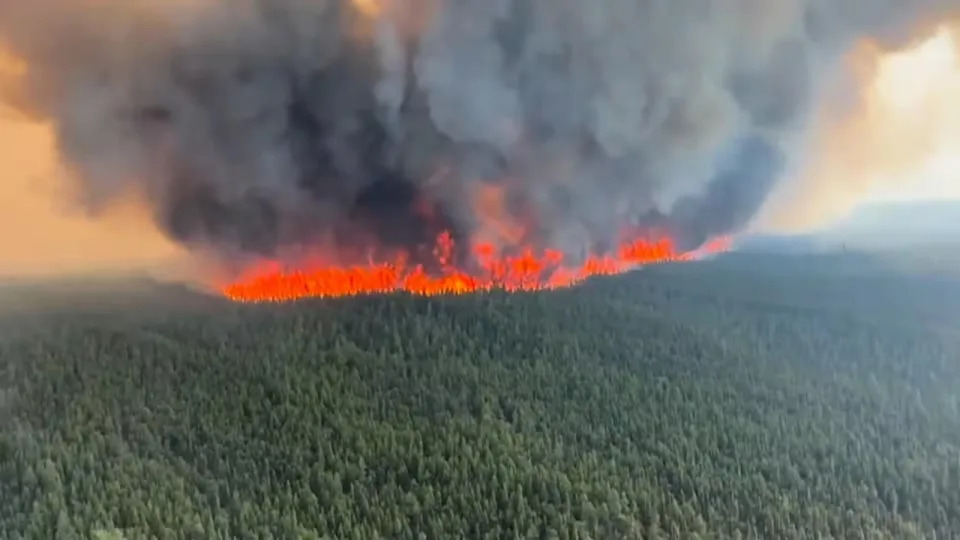
The West Kiskatinaw River wildfire in northeast B.C. in a photo posted by the B.C. Wildfire Service.
Environmental Management Act director Jason Bourgeois ruled that while Conuma had failed to properly limit the amount of particulate being released into the airshed, wildfires played a contributing factor on some dates and the proposed penalty was reduced. (B.C. Wildfire Service)
Environmental Management Act director Jason Bourgeois agreed, and removed some of violations from the final ruling.
However, he did rule that Conuma did violate the rules on multiple other occasions, despite warnings, and ordered a total penalty for air quality violations of $4,750, down from the original $22,000 initially proposed by the ministry.
Water monitoring
Conuma was not as successful in reducing its penalty for its failure to comply with water monitoring, which was ruled to have occurred on 406 separate dates between Oct. 21, 2020 and Jan. 1 2023, for which Bourgeois applied a base penalty of $10,000.
Conuma discharges effluent from its operations into ponds that lead into creeks and a river that are home to several species of fish. As a result, it is supposed to sample toxin levels from its operations, have them be tested for compliance and regularly share that information with provincial officials.
The ministry reported and Bourgeois agreed that Conuma had failed to follow these rules multiple times over several years.
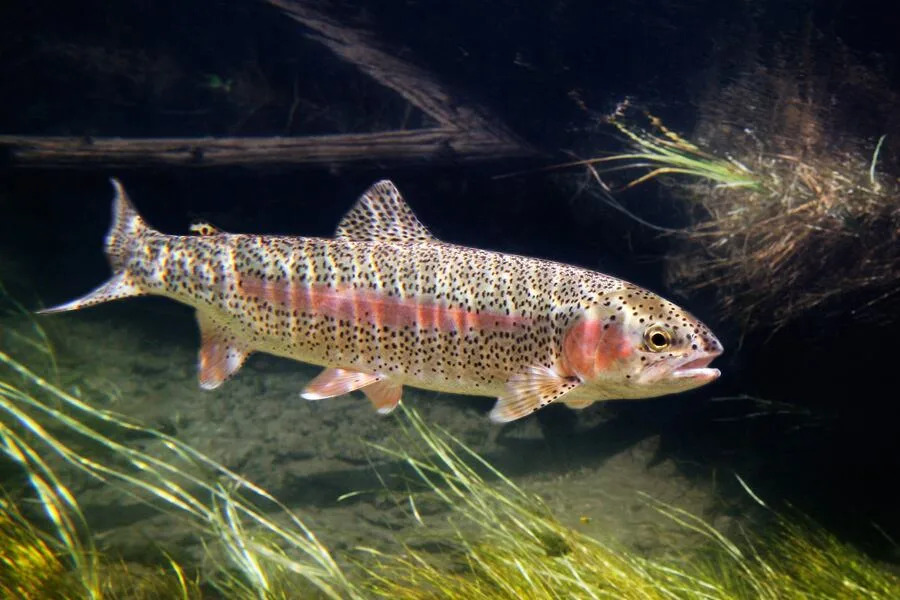
The researchers exposed rainbow trout to "sub-lethal" levels of fracking chemicals.
Rainbow trout are among several fish species living in waterways into which effluent from mining operations near Tumbler Ridge is discharged. (Fish World )
Bourgeois ruled that while Conuma has since taken some steps to comply with the rules, they had repeatedly failed to collect and test samples, despite knowing they were meant to do so. For this, he added an additional penalty of $3,000.
He also agreed with the ministry report that Conuma benefited economically from this, by not having to pay for the labour or shipping costs associated with the work. For this, he applied an additional penalty of $32,700.
Another $3,000 was deducted for the work Conuma has done since to address the violations, for a total of $42,700, adjusted down to the maximum penalty of $40,000 for water monitoring violations.
Bourgeois also noted that he could have applied a $40,000 fine to each of the violations but opted to lump them together as it was the first ruling against the company.
On top of the air quality and water monitoring fines, an additional $1,100 fine was issued for failure to submit monthly reports and upload data on water quality monitoring.
